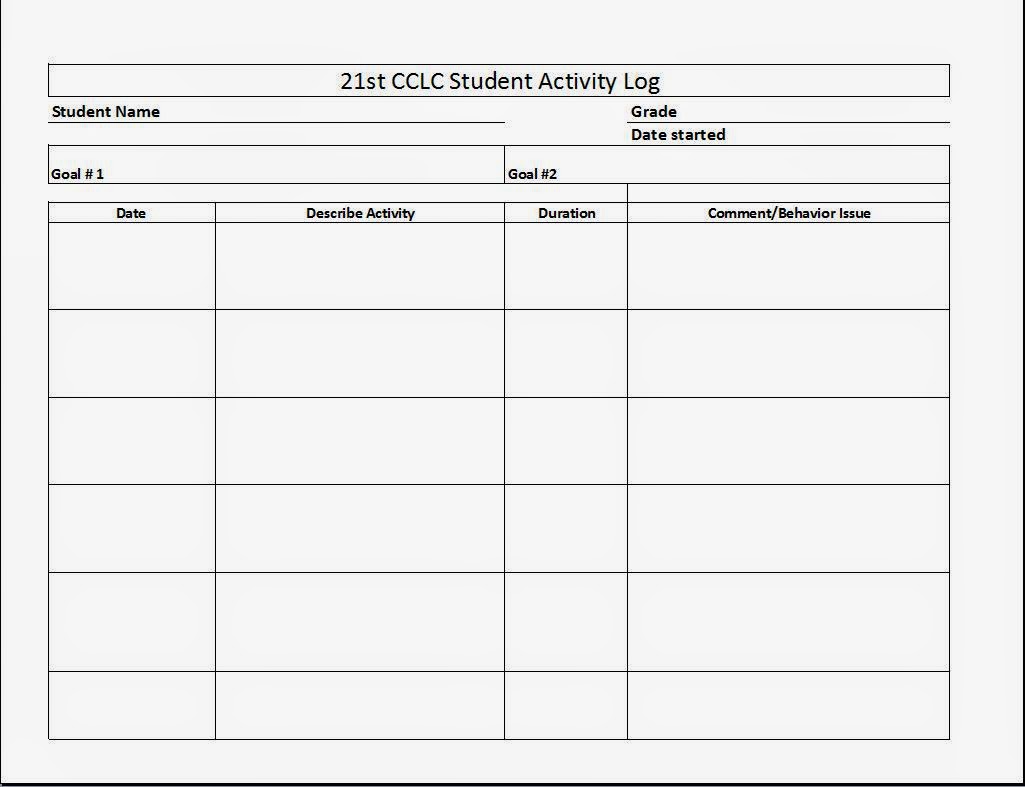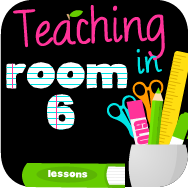What worked...
- Fraction Jenga War- You can read about my experience with this game here. This was by far THE most fun I had with these kiddos this year. They were able to see how fractions relate to one another and by the end they were able to really understand how they compare.
- Board Games-They were learning without actually learning and it was so fun to just play a game or two with them with no specific agenda in mind.
- "No-Peek"-This card game is a variation on a game called "Golf" that my in-laws love to play. The goal is to get as few points as possible by flipping over cards and replacing higher value cards with lower value cards. There is also the option of taking away entire rows of cards by matching three in a column. This hits those critical thinking skills and by the end I think they understood what they needed to do in order to get fewer and fewer points.
- The group I had the privilege to work with this year- By the end of this year I came out with a great group of kids. We had to restructure the group after the first 3 months but I wound up with a good group of kids. I hope they had as much fun as I did.
What didn't work...
- Paperwork-As much as I hate it, paperwork is necessary. It took just as much time to fill out the log as it did to actually do the activity I had planned. This form was created for us and it is a very nice form but I had to fill out one for EVERY STUDENT I HAD! It got to be a lot and at times I forgot to fill it out.
- No connection with the student's teachers- This has been a failure on my part not to ask for this information. I did not have information on any of the students I was working with besides their first semester grades. I tried to work with them in the subject areas that were identified by I was not given updates on how they were progressing in class. I did not have any benchmark information to work with. Next year, hopefully I will get better intelligence or at least run my own type of assessment to see where they struggle.
- Scrabble-I had the brilliant idea to introduce the kids to Scrabble and it was an epic fail. The group I had at the time (I switched kids in and out due to behavior) were not interested and did not really get the rules. These kids are in school until 4:00 pm, so it is a very long day for them so the last thing they want to do was "learn".


